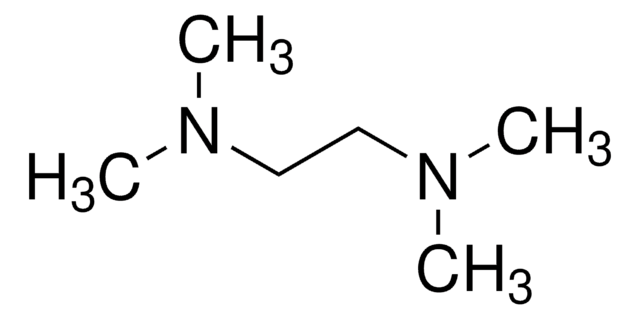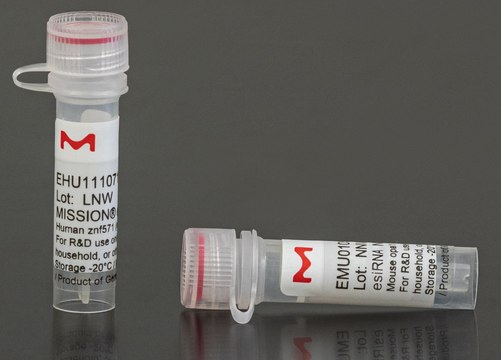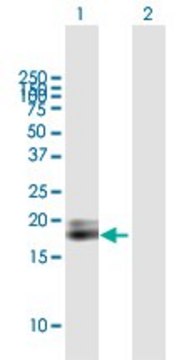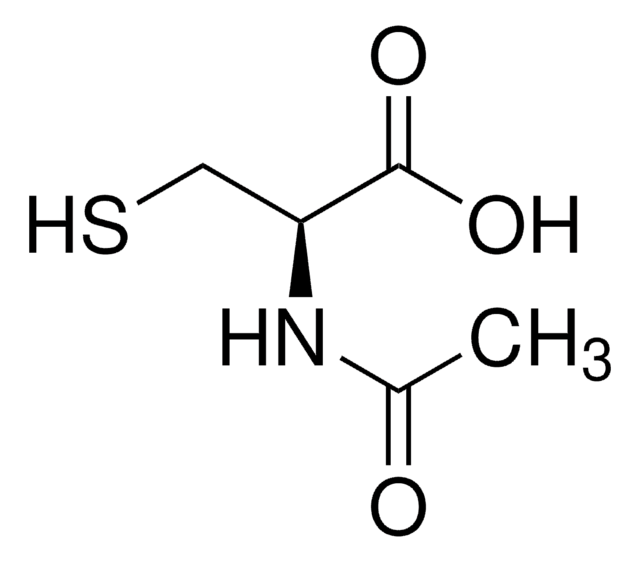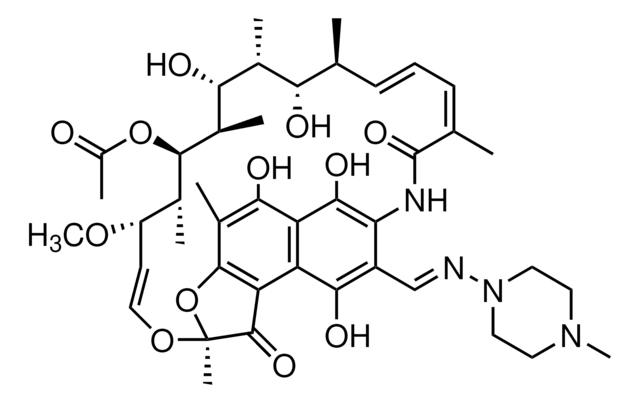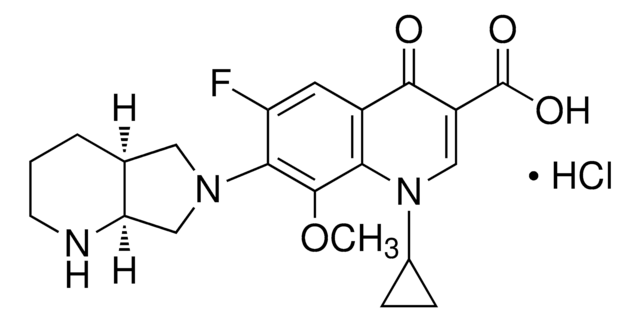D7644
Disopyramide
Synonym(s):
α-Diisopropylaminoethyl-α-phenylpyridine-2-acetamide
About This Item
Recommended Products
SMILES string
CC(C)N(CCC(C(N)=O)(c1ccccc1)c2ccccn2)C(C)C
InChI
1S/C21H29N3O/c1-16(2)24(17(3)4)15-13-21(20(22)25,18-10-6-5-7-11-18)19-12-8-9-14-23-19/h5-12,14,16-17H,13,15H2,1-4H3,(H2,22,25)
InChI key
UVTNFZQICZKOEM-UHFFFAOYSA-N
Gene Information
human ... CYP1A2(1544) , KCNH1(3756) , SCN5A(6331)
Looking for similar products? Visit Product Comparison Guide
Biochem/physiol Actions
Signal Word
Warning
Hazard Statements
Precautionary Statements
Hazard Classifications
Acute Tox. 4 Oral - Repr. 2
Storage Class Code
11 - Combustible Solids
WGK
WGK 3
Regulatory Information
Choose from one of the most recent versions:
Already Own This Product?
Find documentation for the products that you have recently purchased in the Document Library.
Our team of scientists has experience in all areas of research including Life Science, Material Science, Chemical Synthesis, Chromatography, Analytical and many others.
Contact Technical Service
